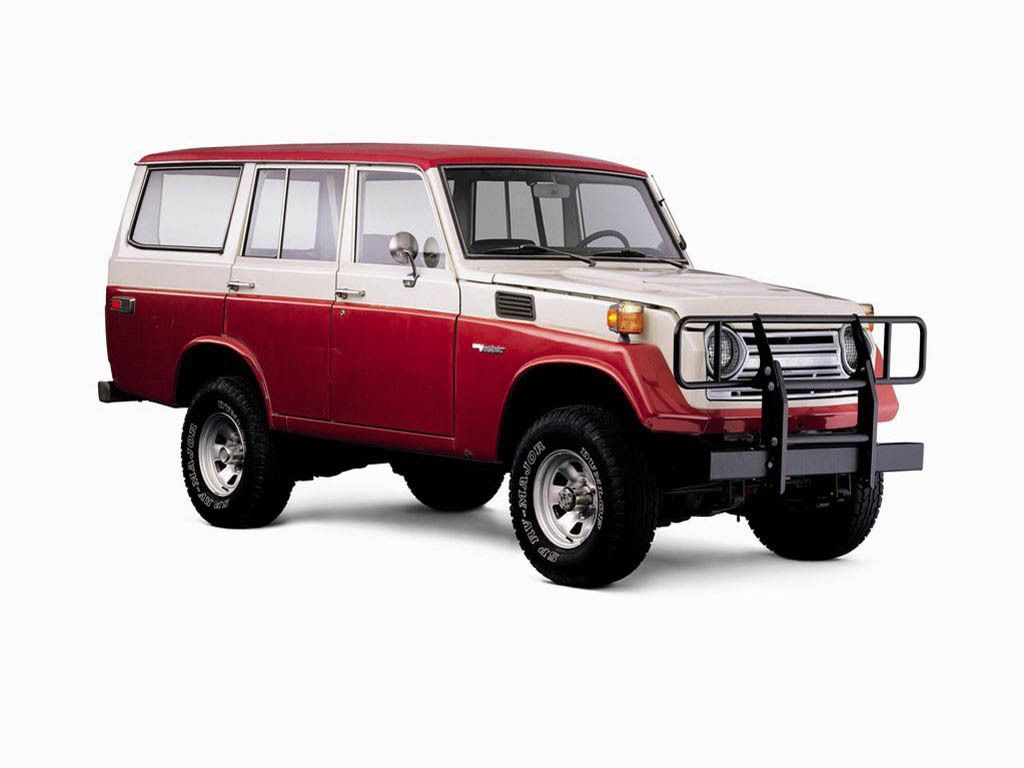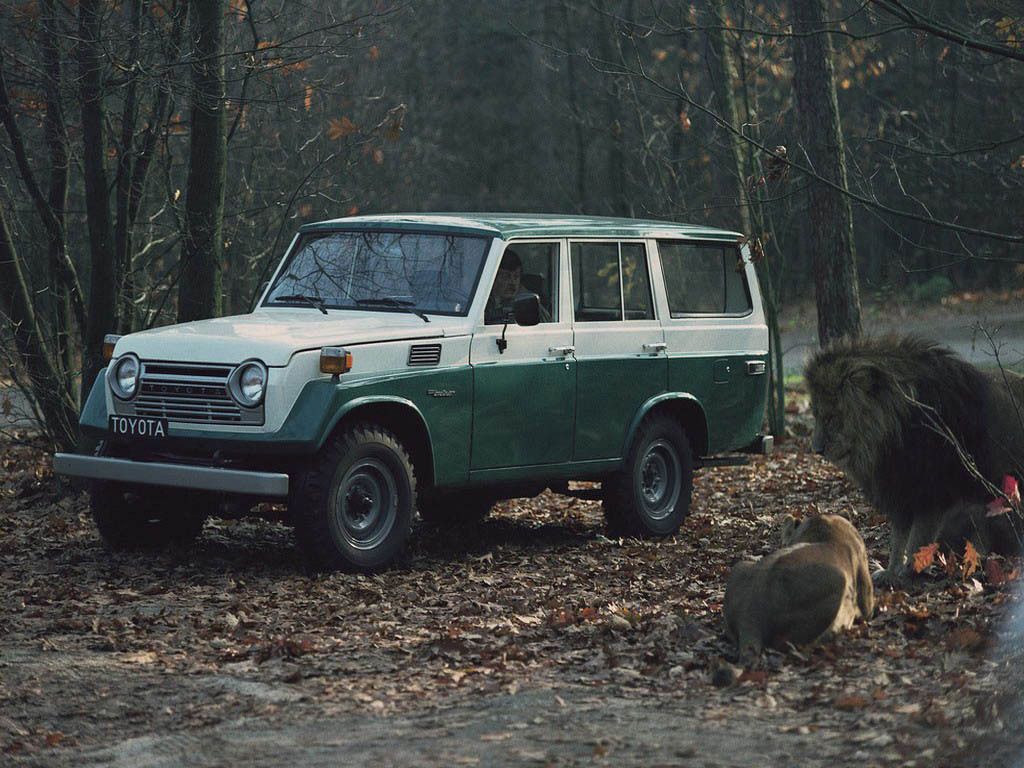The Land Cruiser was first introduced as a personal 4x4 type vehicle for civilians and a small military transport alternative to the American military Jeep, but people had begun to accept the idea that it could also be used as a family utility vehicle and a station wagon. Demand increased for a vehicle with a larger body that could carry more people and more cargo.
1967 - 1979 Toyota Land Cruiser 50 series
- Make: Array
- Model: 1967 - 1979 Toyota Land Cruiser 50 series
- Horsepower: 155@4000
- Torque: 2200
- [do not use] Vehicle Model: Array
History
Toyota initially responded by building wagons like the FJ35V and the FJ45V onto the original Land Cruiser frames. The wheelbase would be lengthened and special custom made bodies mounted to make the first wagons. After that, demand became strong for a genuine original estate car. An ordinary truck could carry people or cargo, but after getting to a work site by road, trucks were frequently expected to cross difficult ground, often in severe weather conditions where roads might be washed out or otherwise impassable, especially in remote parts of the world other than the U.S. The newly designed Land Cruiser 55 satisfied these multiple needs.
Toyota had put a priority on development of passenger cars such as the Crown and the Corona, and the design staff was too busy to work on the original Land Cruisers. As a result, the design was handled by on-site technical staff working with little more than rulers and compasses. It was not until the 50-series that designers were able to pay serious attention to the Land Cruiser, creating design sketches and clay models.
Leaving some traces of the original 40-series, in July of 1967 they released a new model, the FJ55V wagon, to replace the FJ45V wagon. The body was larger than a compact car, the ride was as comfortable as a passenger car (of the day), and it was designed not just for utility but for leisure use as well.
Now the export market's influence outside of Japan really came into play. The 50-series was made to be sold in America and Australia. It was designed to cruise at over 80 mph on US highways, and built heavy duty enough to handle the rugged Australian landscape. The first time that a Toyota truck was build entirely with fully enclosed box cross-section welded members. It was also engineered to meet US safety standards established through frontal crash testing at 30 mph.
Because of its shape and size, it was known affectionately around the world as the Moose, or more commonly, the Iron Pig.
The 55 model was Toyota's first real station wagon. The FJ55V body type was produced for sale only in Japan, while export vehicles took on the newer 2F-type petrol engine instead of the original F-type petrol engine and were named FJ55V. There were many differences in appearances between the two types, with the FJ556V having a larger bulge in the bonnet, as well as the same combination lamp parts as in the 40-series but with the triangular windows abolished and blinkers integrated into the side lamps.



